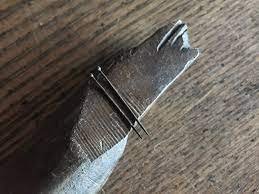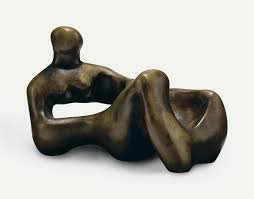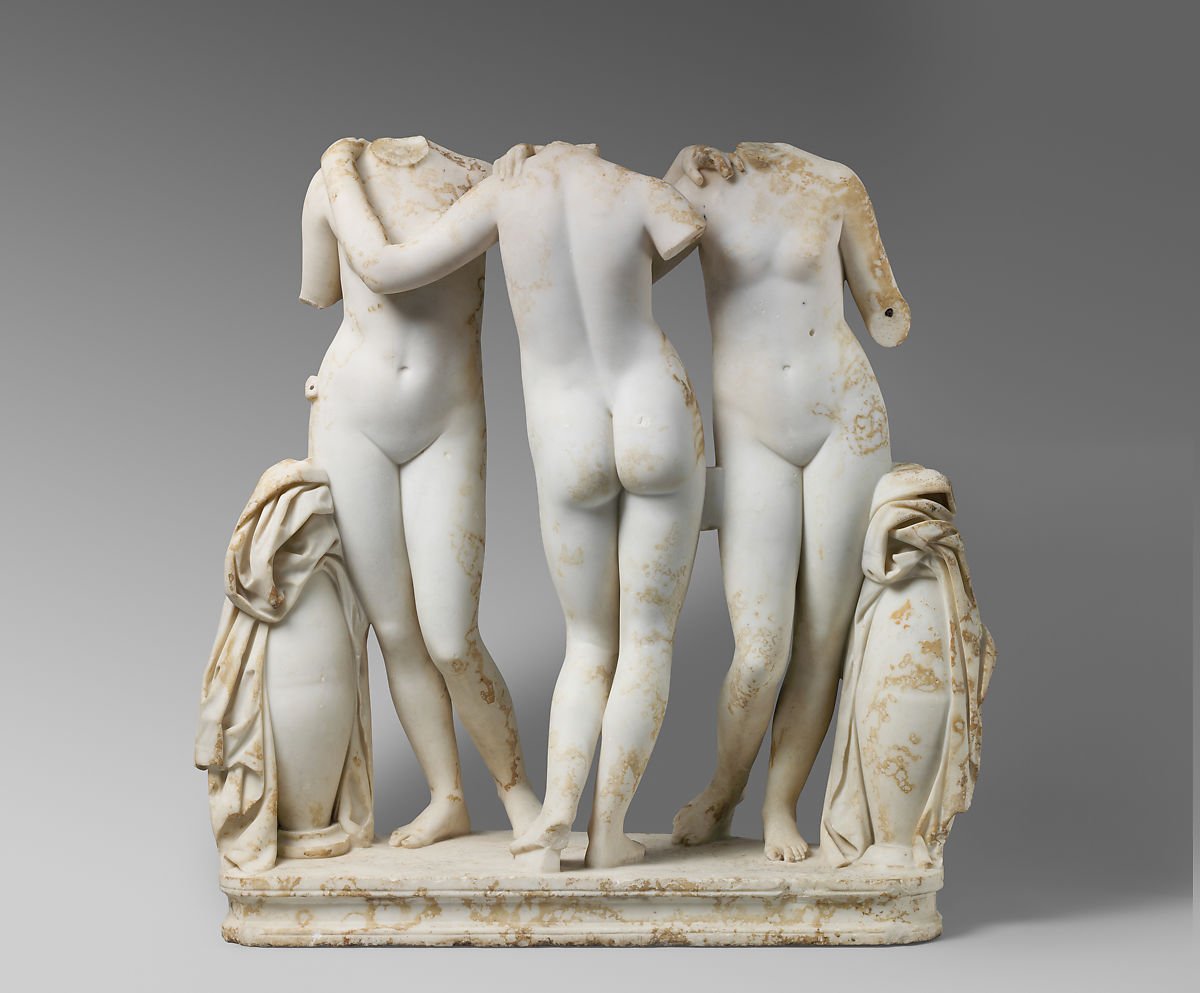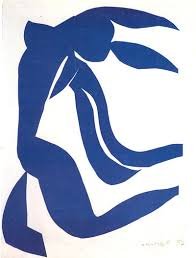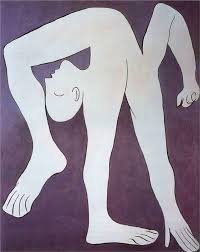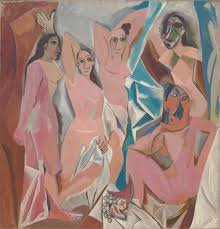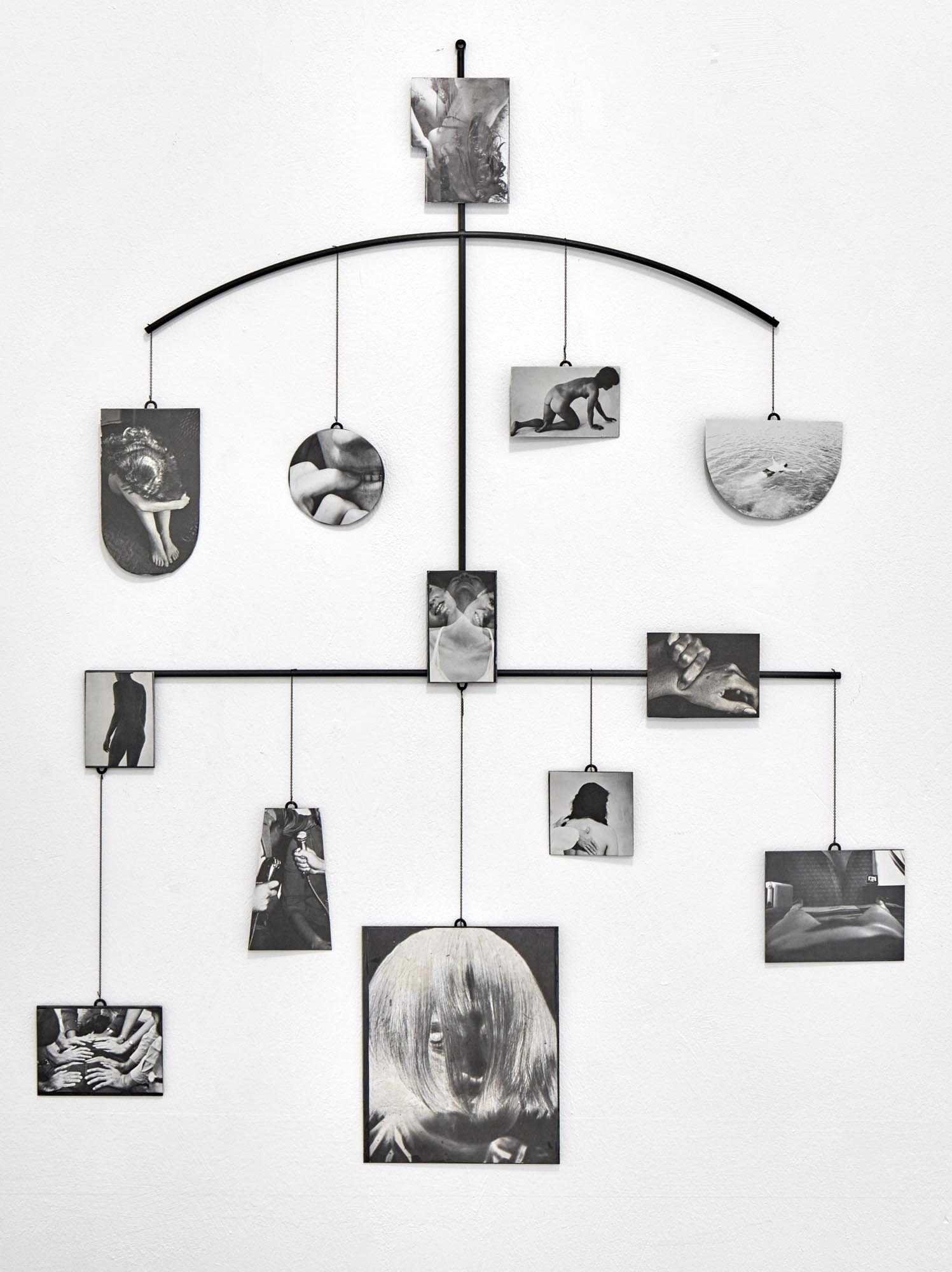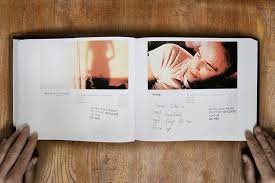Research
Follow the links to download the research dossiers for two major MA projects; Psychopomp and Pinner’s Bone.
If you have any questions, please feel free to email.
Pinner’s Bone - used to hold the wires that pins are made of in order to sharpen them in the fourteenth and fifteenth centuries. The bone was often held squeezed between the knees, or more likely, strapped to the length of the thigh with a leather belt. The wire was laid into a groove in the bone and files to a point. Pins (and needles) were considered very valuable, and often were used as a means of fastening clothes together (not just during the construction of garments). There was a pinner’s guild established in London in 1356 but by the fifteenth century English pins fell short of the French pins which were of a superior quality and the guild dissolved sometime after the Hundred Years War with France.
Visual References for Pinner's Bone -2022
“…’Banality’ and ‘the banal’ are not easy terms to pin down with precision… it is not intended here as a totalising description…banality could be described as a kind of postindustrial realism, a turn away from the spectacular and often pitiless focus on its antithesis… an obsession with the mundane… this is no dream world infused with myth, however, where the trivial becomes an object of reverence, but a world on unrelenting monotony.”
Bayard had written the accompaniment to his false suicide photograph:- “The corpse which you see here is that of M.Bayard, inventor of the process that you have just been shown. As far as I know this indefatigable experimenter has been occupied for about three years with his discovery. The government, which has been only too generous to Monsieur Daguerre, has said it can do nothing for Monsieur Bayard, and the poor wretch has drowned himself. Oh. the vagaries of human life…!”.
Psychopomp/ Women Looking Out Of Windows Reference Text
Love Is (2004-2006) - EJ Major
Between 2004 and 2006 the artist EJ Major undertook a mail art project which involved taking a screenshot of each second of the film Last Tango in Paris and from each one printing a single postcard.
These 7000+ postcards were then hand – delivered around London and the West Midlands over the course of two years. On the back the artist printed her Freepost Address and “love is…” Recipients were asked to respond and return the postcard as part of an enquiry, into love.
Last Tango in Paris was directed by Bernado Bertolucci and released in 1972, the year after Major was born. It was chosen as it is one of the films that Major says “plays regularly in my head. I wanted to see the film as a series of stills each of which would have its own journey, only some of which would make it back to me.”
On a practical level the film has been used as an organisational framework around which to engage strangers. They remain anonymous unless they choose not to be, giving them license to respond candidly.
Each postcard has its own story, in terms of its place in the narrative of the film and its journey through the hands of the recipient and subsequently the Post Office. Those that are returned then form part of a collaboration, between strangers, responding to the prompt, love is…
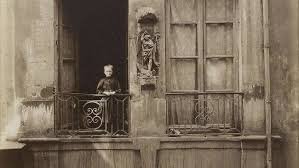
Visual References for Psychopomp and Women Looking Out of Windows - 2020

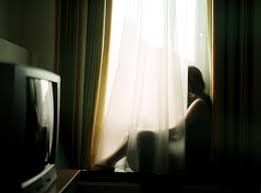
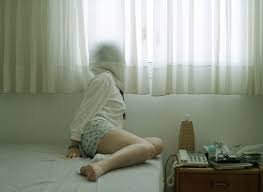
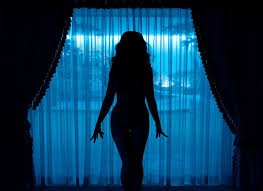
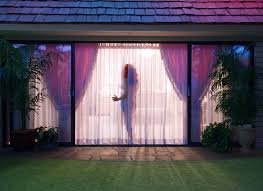
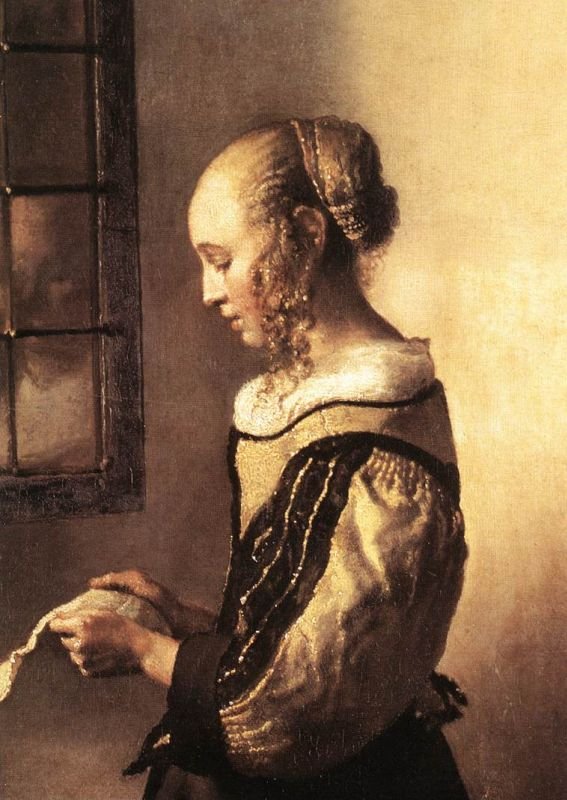



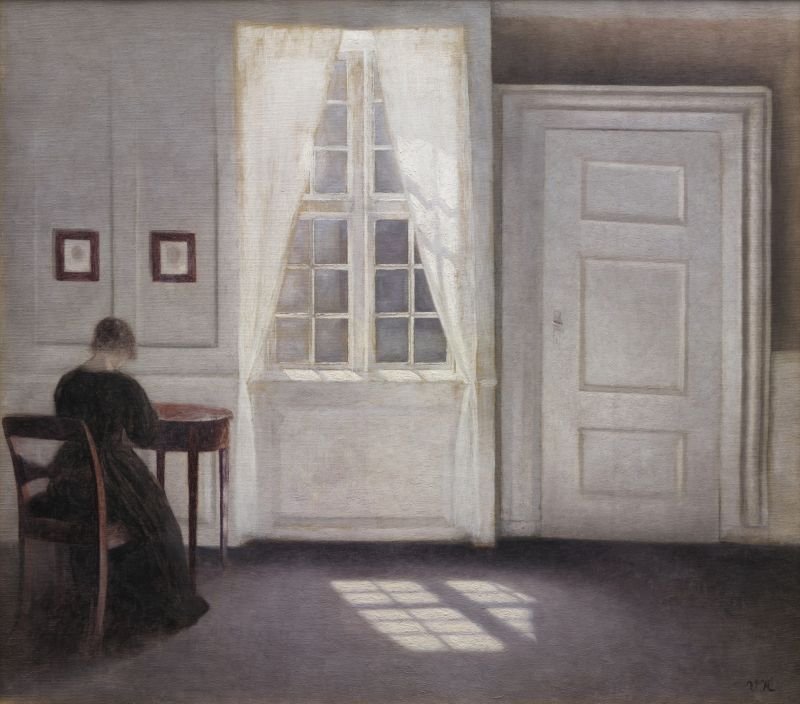





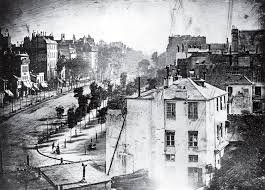

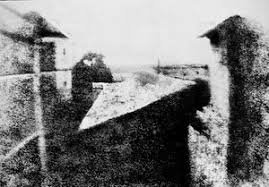
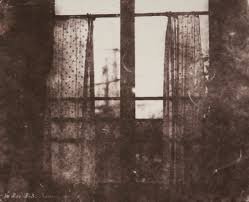
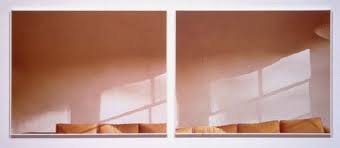



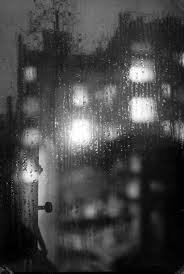

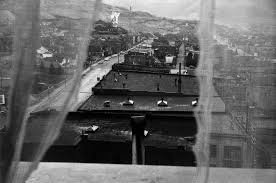
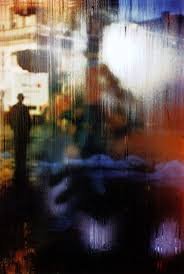
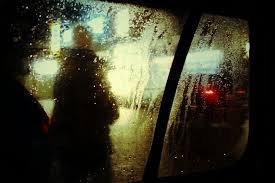
Photography Is, 2010
Print-on-demand softcover book
5.5″ x 8.5″ (13.97 x 21.59cm), 200 pages
Wallpaper and banner installations / Single-channel video
Site specific, variable dimensions
Psychopomp Text Reference
Photography Is (2010) - Mishka Henner
Photography Is presents more than 3,000 phrases that define one of the most democratic and ubiquitous of all art forms. Mirroring the ambiguous and untrustworthy nature of photographs themselves, each phrase in this book has been torn from the context in which it originally appeared. The result is contradictory and chaotic, frustrating and insightful. In short, it is photography, without photographs.
